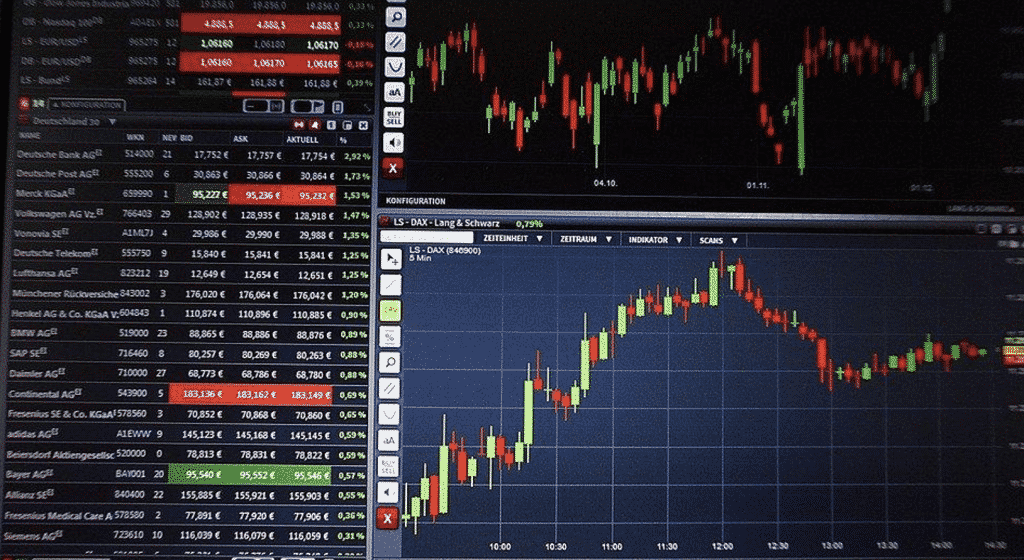Trading in the FX sphere remains a challenging activity in 2022, meaning traders need to constantly strive to better themselves in order to progress. Even if you are now generating consistent returns, nothing is promised in the future if you don’t keep up with the pace. The learning curve has no end in sight, as market conditions change and as news keeps pouring in and affecting valuations.
If you want to trade forex in the current climate, you must be aware that this year could possibly be characterized by increased volatility, as political, economic, and monetary policy-related factors have great potential to act as headwinds. Here are four golden tips that can kickstart your journey to becoming a better trader, regardless of your background.
1. Better risk assessment
Traders need to manage risk constantly. Each time you open a trade, you need to assess its market possibilities thoroughly. The unexpected often occurs, especially when trading emerging market currencies, so you had better expect it as well – as impossible as it may seem.
The Rate of the Russian Ruble is a good recent example that shows how pressure as a result of geopolitical tensions can influence rates. Few were expecting the situation between Russia and Ukraine to deteriorate so quickly, but those who did see it coming had great potential for profit in forex trading.
Therefore, traders should never underestimate the importance of adopting a conservative risk approach. Reduce trade frequency and exposure on each trade, place stop loss below/above key support/resistance levels, and make sure winning trades are outpacing losing ones substantially.
2. Strategy improvements
Do you currently have a strategy that consistently helps you anticipate market movements? Congratulations! Only a small percentage of retail traders can claim this. However, small improvements can always be made to your strategy, so you can reduce losing periods in magnitude or length, and maybe venture towards other asset classes.
Keep in mind that trading forex requires a great degree of flexibility. Market behavior is constantly changing and new variables that impact valuations can emerge at any point in time. That is the exact moment you need to act and improve your rules-based system.
3. Advanced knowledge of capital markets
A basic understanding of technical and fundamental analysis is not enough if you want to become a professional forex trader. If you feel like you’ve already mastered these, you should move on towards more advanced methods and systems.
Understanding factors such as the interest rate markets, spreads between short-term and long-term rates, how banks are using Eurodollar futures to protect against fluctuations in interest rates, and more, can help anticipate big trends in the currency space. Interest is the price of money, so as it changes, exchange rates usually follow on the same path.
4. Close attention to monetary policy
Narratives are once again focusing on monetary policy changes pending in 2022. The Federal Reserve, BoE, RBA, and other central banks are expected to either hike rates or end asset purchases, with ramifications for the FX markets as well.
You should start analyzing these changes, see what markets are pricing in, and spot situations when the consensus deviates significantly from forecasts. This hawkish turn can be damped by a strong slowdown in economic activity or a downtrend in inflation. At the same time, it can accelerate if inflation threatens to become entranced, continuing to spike higher.
